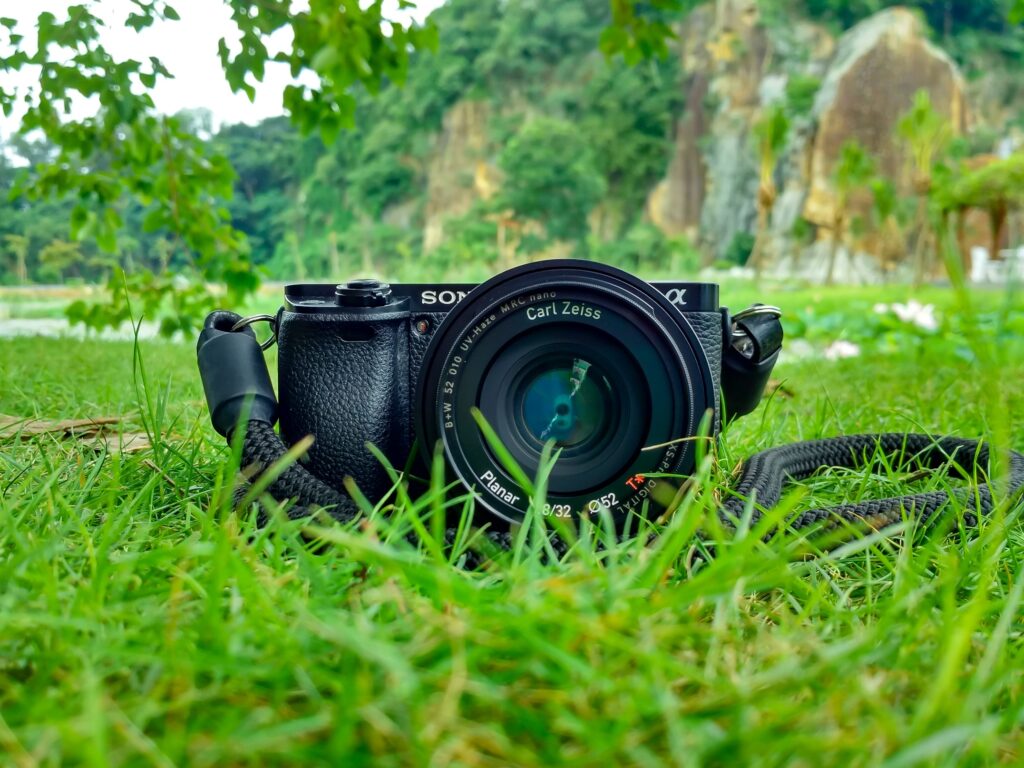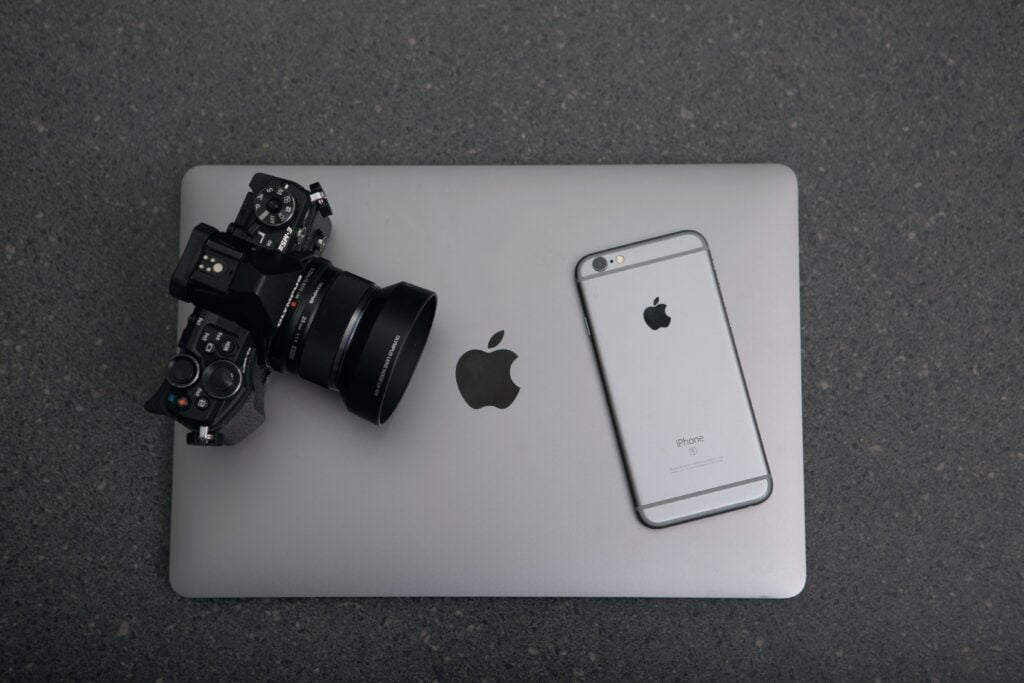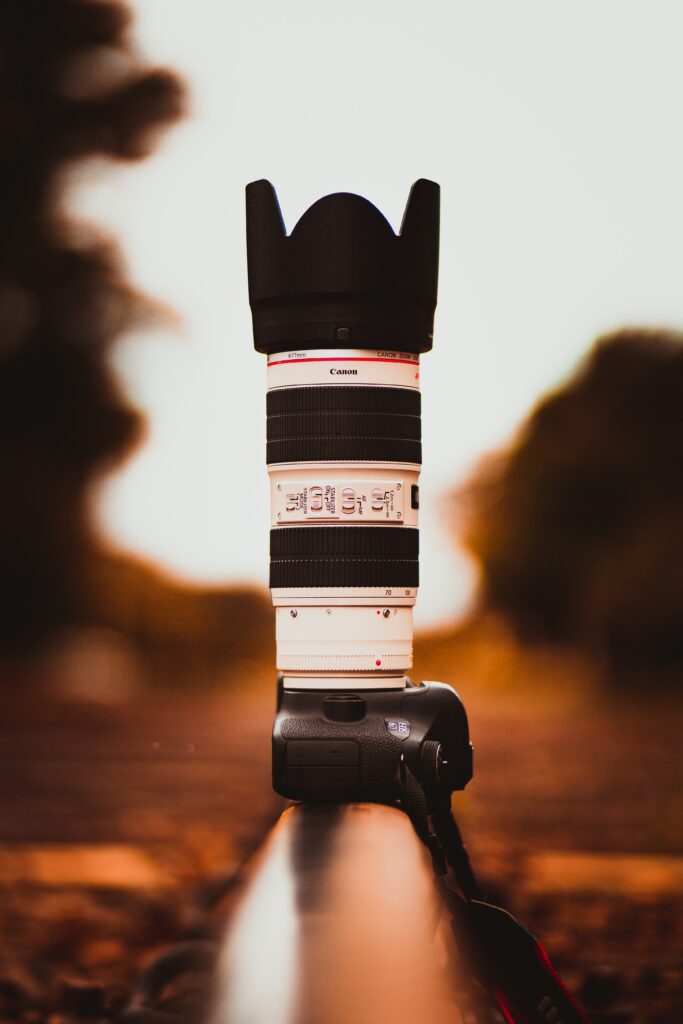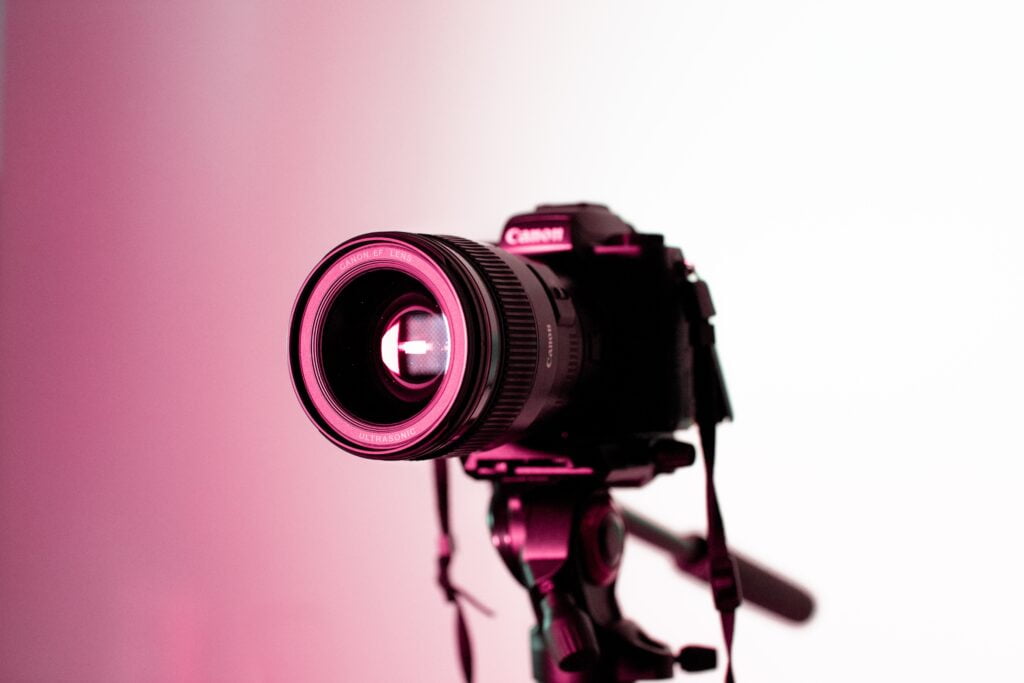When choosing a wedding photographer there are lots of things to consider. The first thing is to think about what kind of style of photos you want. Some people like heavily posed traditional formation photos, whereas others prefer a more modern, informal and more relaxed approach, where the wedding photographer captures people in their natural way – this tends to be a much more relaxed approach, which doesn’t impose on the day, and really helps when there are lots of people who don’t enjoy having their photo taken and children who don’t want to be ‘posed’.
Outside of this initial decision, if you want to get into the detail of the photography, here are a few things to consider and discuss with your Annabellaw photographer. Here’s a breakdown of some key wedding photography terms, as well as some helpful tips on how to make your photos look great!
Know Your Lens
It’s important to understand the different types of lenses and how they work. Cameras come with a variety of lens types, including wide angle lenses, standard lenses, and zoom lenses. Here is a breakdown of each:
Wide angle lenses: Wide angle lenses are great for capturing wider shots of your wedding day. They offer a more natural perspective, giving you a feel for the entire scene.
Standard lenses: Standard lenses are perfect for capturing close-ups of your couples and details in the background. They can also help to isolate subjects from the background.
Zoom lens: Zooms can be helpful when you need to get up close to your subjects. They allow you to move closer without having to change your focal length.
How to Use a DSLR Camera
If you’re considering wedding photographers and asking questions, it’s important to have a good understanding of how digital single lens reflex (DSLR) cameras work. DSLRs are versatile and capable cameras that can take great photos, but there are a few things you need to know to get the most out of them. In this guide, we’ll cover the basics of how DSLRs work and how to use them for wedding photography.
What is an ISO?
ISO stands for International Standards Organisation. It is a set of standards created by photographic organisations around the world to help ensure consistent quality when transferring digital images from one medium to another. ISO is used in conjunction with other factors, like shutter speed and aperture, to create a “camera” setting. In other words, if you have an ISO of 100 and shoot at 1/125th of a second with a wide aperture of f/2.8, your image will look grainy because it’s not been properly adjusted for brightness or contrast.
ISO is important because it affects how much noise your image will have. Noise is caused by tiny specks of color that randomly show up in your photo. Too much noise will ruin your photo, whereas adjusting your ISO can help to reduce it.
ISO also affects how sharp your photo will be. If you’re shooting in low light and need to use a lower ISO to keep the image bright, your photo may not be as sharp because the camera has to work harder to capture the details. And finally, adjusting your ISO can help you save precious battery life by limiting the amount of digital noise that the camera produces.
Now that you know what ISO is , let’s take a look at how you can adjust the ISO on your camera.
Lighting Techniques
When you’re planning your wedding photography, it’s important to make sure that you have a plan for lighting. There are a lot of different ways to light an event, and you’ll want to choose the right technique for the situation. Here are four lighting tips for wedding photography:
1. Use natural light whenever possible. This is the simplest and most common way to light an event, and it’s usually the most flattering. Just use your natural surroundings to light your subjects. If you have plenty of sunlight, try using a window as your main light source. If there’s not much natural light available, try using a portable flash unit or a set of studio lights.
2. Use indirect lighting if necessary. If there’s not enough natural light, indirect lighting can help create a more professional look. Try using ceiling or wall lamps to create a softer glow in the room. You can also use floor lamps to add extra brightness to specific areas of the room.
3. Use strobe lights or flashes to get that dramatic lighting effect. This type of lighting is perfect for capturing dramatic moments or action shots. Just be sure to use the proper settings to get the best results.
Shooting Modes
When you’re starting to plan your wedding, one of the first decisions you’ll have to make is what type of photography to do. There are a number of ways to capture your day, and each has its own set of benefits and drawbacks. Below, we’ll outline six different types of photography styles and how they work best for different types of weddings.
Classic Wedding Photography: Classic wedding photography is the traditional approach to wedding photography. You’ll typically find photographers who specialise in this style shooting ceremonies and portraits with plenty of ambient light. This type of photography is usually associated with high-end couples who want a classic look at their wedding album.
Portrait Wedding Photography: With portrait wedding photography, you’ll want to focus on capturing your couple in natural settings with minimal distractions. This type of photography can be done outdoors or in a studio setting, and is perfect for couples who want an intimate portrait that will show off their unique personalities.
Action/Adventure Wedding Photography: Action/adventure wedding photography captures the excitement and joy of your day through dynamic shots of your guests in action. This style is popular among couples who want an album that reflects their unique personality and spirit. This type of photography is perfect for couples who want to document the excitement and laughter at their wedding event.
Family Portrait Photography: Creative family portraits are another popular style of wedding photography that will sure to bring out your unique personality. If you’d rather capture your family’s unique personalities than simply posing for a group photo, this style is right for you. Couples who choose this style will definitely want to invest in beautiful props, such as the basket that you fill with objects used by each generation throughout your family’s history. There are many ways that you can use props to make memorable photos, so don’t be afraid to try different ideas until you
Continuous Shooting Mode: If you’re looking to capture all the action during your big day, consider using Continuous Shooting Mode. This mode allows you to keep shooting photos as long as the shutter button is held down. This is great for capturing fast-moving events like wedding dances or speeches. Plus, it can save you a lot of time later on in the edit process.
Manual Focus and Infinity Lock
One of the most important features to consider when choosing a wedding photographer is whether or not they use manual focus and infinity lock. Manual focus is when you need to manually move the camera lens to get the perfect shot, while infinity lock is a feature on some cameras that keeps the subject in focus as you move the camera around.
If you’re looking for a photographer who can capture amazing shots with manual focus and infinity lock, be sure to check out Tom Whitaker Photography. Tom has years of experience shooting weddings, and his skills with manual focus and infinity lock will help create stunning shots that will truly reflect your wedding day.
Conclusion
Weddings are one of the most special days in a person’s life, and it is a wedding photographer who is responsible for capturing that emotion and memories on camera. In this guide, we have compiled some of the essential information you need to know before booking your big day, from what equipment to bring to the type of photojournalistic approach you should take. We hope that this guide has helped you get started planning your dream wedding photography experience!





